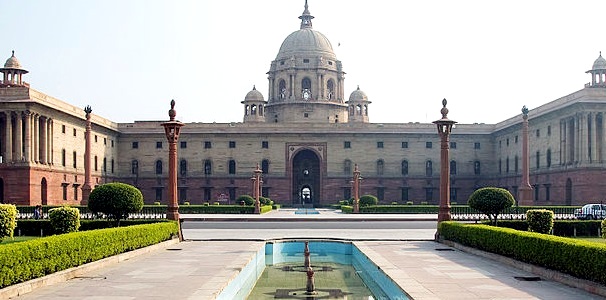
#1 Walking the Tightrope: the future of the IAS
25 June 2018
As the Indian bureaucracy completes over 160 years in 2018, former Indian Administrative Service (IAS) officer T.R. Raghunanandan reflects on the decisions being taken by the government to reform the IAS and the impact these are likely to have.
The last three months of staying away from blogging – my longest absence so far from this site – has not been without event. From the unique experience of witnessing a state’s elections from up close as the election agent of a candidate, one argued and bantered on issues concerning the bureaucracy; an eternal favourite subject of discussion on social media.
Three events have shaken the Indian Administrative Service to its very foundations in the meanwhile. The first is a letter from a Joint Secretary of the Union Government, which suggested that selection of officers into the various civil services and – in the case of the All India Services – their allocation to various states, will depend upon the final ranking of the candidate after he or she has attended the Common Foundation Course at the Lal Bahadur Shastri National Academy of Administration. The second is an advertisement issued by the Union Government, seeking for open selection to the positions of the Joint Secretaries in selected key ministries of the Union Government. The third is the acrimonious showdown between the elected government of the Union Territory of Delhi and the civil servants working with it, which hopefully has now been resolved and a working arrangement of sorts restored.
On each of these issues, discussions within the tribe – I still continue to be a member of it, in spite of my voluntary retirement – have been full of clashing opinions. While officers who continue to serve in office have generally been quiet, or at most, are cautious in their comments, those who have retired have not held back from voicing their concerns. Most comments on these developments have been adverse, though some are optimistic that the changes rung in with the first two decisions will be for the better. Yet, there is unanimity – a rare thing when IAS officers discuss anything – that these events have irreversibly changed the character and the ethos of the service.
Let me say what I think is right, or wrong about these matters. The first issue is whether the final selection of officers into their respective services should depend upon the performance of the officer trainees in the Common Foundation Course.
The Civil Services examination is a trial by fire. There are three levels that have to be cleared till one finds one’s name on the merit list. At each level there is a carnage; a ruthless exclusion of those considered unfit. The first is an objective test that screens participants for the main examination. Nearly a million candidates appear for this examination and not more than ten thousand clear it; that is a selection rate of one candidate per hundred aspirants. Then, these ten thousand or so appear for a written examination comprising several papers, after which about two thousand are selected for face to face interviews. Following the interviews, nearly a thousand are finally selected into a basket of various services. Considered to be at the top; though technically, there is no such hierarchy, is the Indian Administrative Service, to which roughly one hundred and fifty candidates are selected. Then come the Indian Police Service, the Foreign Service, the Revenue Service, the Audits and Accounts Service and so on, again in no particular order of hierarchy, to make up the list of selected candidates.
Given the intensity of the competition, there is very little to distinguish one successful candidate from the other. While some of the top performers are prodigiously brilliant and their final marks are way beyond those obtained by their fellow competitors, as one goes down the merit list, the bunching of successful candidates who have obtained the same number of marks, becomes more and more pronounced. It is not unusual that what separates an individual who makes it into the IAS from one who does not, may be a fraction of a percentage point of marks obtained. Also given that the optional subjects that may be offered by candidates for the written examination ranges from medicine, to engineering, to law and to Chinese, the comparisons of skill and intelligence levels of different candidates is like comparing the proverbial apple with the proverbial orange.
In such circumstances, the successful candidate is bathed in relief and happiness when the results are announced. Since society makes much of them, many succumb to the belief that they are individuals with extraordinary intelligence. But some are intelligent enough to understand that they were lucky to be faced with questions that played to their strengths. It was their good day when they took the examination, and they aced it.
From what I remember, the Common Foundation Course was an endless lark. Nobody, except those officer trainees who were genetically wired to be diligent and sincere – read that as ‘humourless and dour’ – took the Common Foundation Course seriously. The government is being very unfair now, to reduce this celebration of success into another grind, where officers are closely scrutinised, before their fate for the next three decades is decided.
On a more serious note, will this idea of testing the officers during the Foundation course have the effect of improving the quality of the civil services, or is it another extension of the torture of the civil services examination? I will continue this exploration in my next blog.





